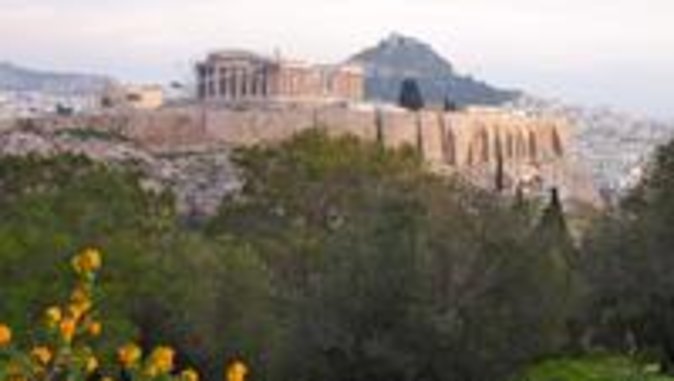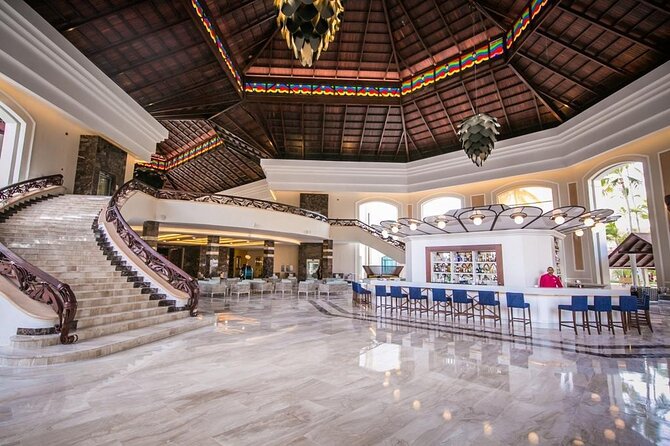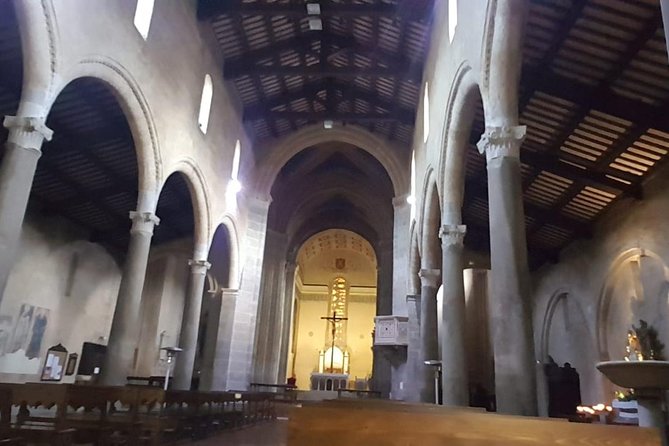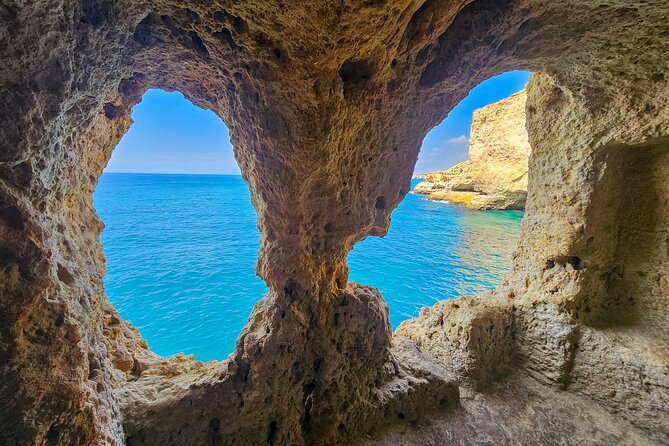Nestled in the heart of Valletta, Malta’s bustling capital, the National Museum of Archaeology offers a captivating glimpse into the island’s rich and diverse past.
Housed in the Auberge de Provence, a stunning Baroque building dating back to 1571, the museum is a treasure trove of artifacts that trace Malta’s history from prehistoric times through the Phoenician period. Here’s how to make the most of your visit.
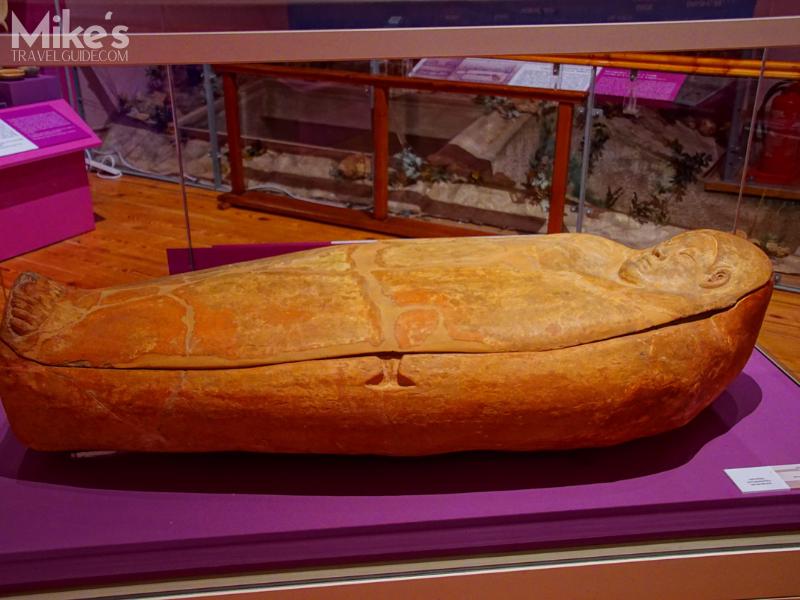
Getting There
Valletta, a UNESCO World Heritage site, is easily accessible by public transport from various parts of Malta. Buses frequently connect the capital with other major towns and cities. If you’re staying in Sliema or St. Julian’s, consider taking a scenic ferry ride across Marsamxett Harbour. The museum is located on Republic Street, Valletta’s main thoroughfare, making it a convenient stop amidst the city’s myriad attractions.
Entering the Museum
As you approach the Auberge de Provence, you’ll be struck by its elegant façade, a testament to the grandeur of the Knights of St. John. The museum entrance is marked by a modest doorway leading into a spacious reception area. Admission fees are reasonable, and it’s worth investing in an audio guide or joining a guided tour for a more enriching experience.
What to See
The museum’s collection spans several millennia, offering a fascinating narrative of Malta’s evolution. Here are some highlights you won’t want to miss:
Prehistoric Treasures
Start your journey in the Neolithic section, where you’ll encounter some of the most impressive artifacts from Malta’s prehistoric temples. The “Sleeping Lady,” a beautifully crafted clay figurine from the Hypogeum of Ħal Saflieni, is a standout piece. Equally mesmerizing is the “Venus of Malta,” a statuette that exemplifies the artistry of the Temple Period.
The Temple Builders
Malta’s megalithic temples, older than Stonehenge and the Pyramids, are represented through an array of stone tools, pottery, and intricate carvings. The museum’s detailed explanations provide context to these monumental structures, revealing insights into the lives and beliefs of their builders.
Phoenician Influence
The Phoenician gallery sheds light on the seafaring traders who established Malta as a crucial hub in the Mediterranean. Look for the exquisite jewelry, amulets, and votive offerings that showcase the artistry and cultural exchanges of this period.
Tips for a Memorable Visit
- Timing is Everything: To avoid the crowds, visit early in the morning or later in the afternoon. Valletta can be busy, especially when cruise ships are in port.
- Dress Comfortably: The museum is relatively small, but Valletta’s streets are steep and cobbled. Wear comfortable shoes and bring a hat and water bottle if you plan to explore more of the city afterward.
- Combine with Nearby Attractions: The museum is close to several other points of interest, such as St. John’s Co-Cathedral and the Grand Master’s Palace. Plan your route to make the most of your time in Valletta.
- Take Your Time: Don’t rush through the exhibits. The artifacts here are well worth a leisurely pace, allowing you to absorb the rich history and intricate details.
- Photography: While photography is permitted in most areas, avoid using flash to protect the delicate artifacts. Check the museum’s policy to ensure compliance.
Wrapping Up
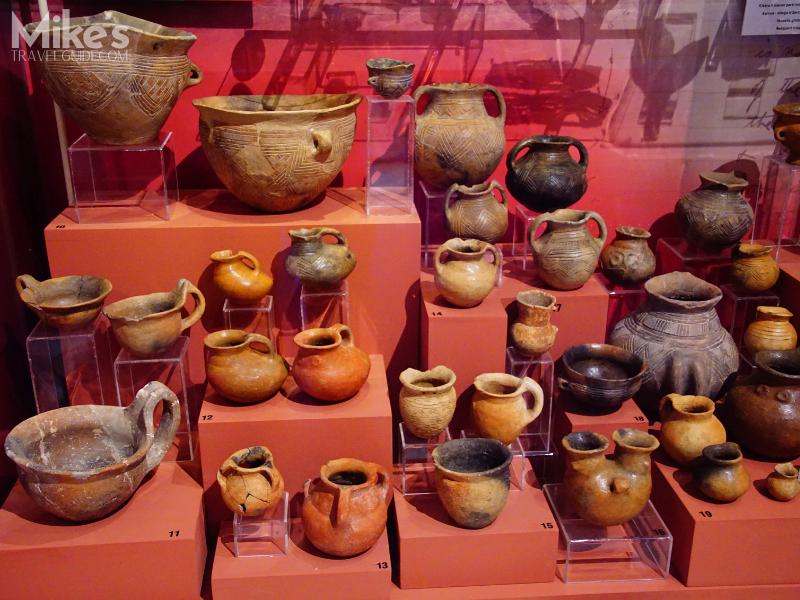
A visit to the National Museum of Archaeology in Malta is more than just a walk through a museum; it’s a journey through the very fabric of human history. From the dawn of civilization on this tiny island to its pivotal role in Mediterranean trade, the museum provides a profound understanding of Malta’s unique heritage. So, lace up your walking shoes, grab your guidebook, and set off on an archaeological adventure that’s sure to enrich your travels.


